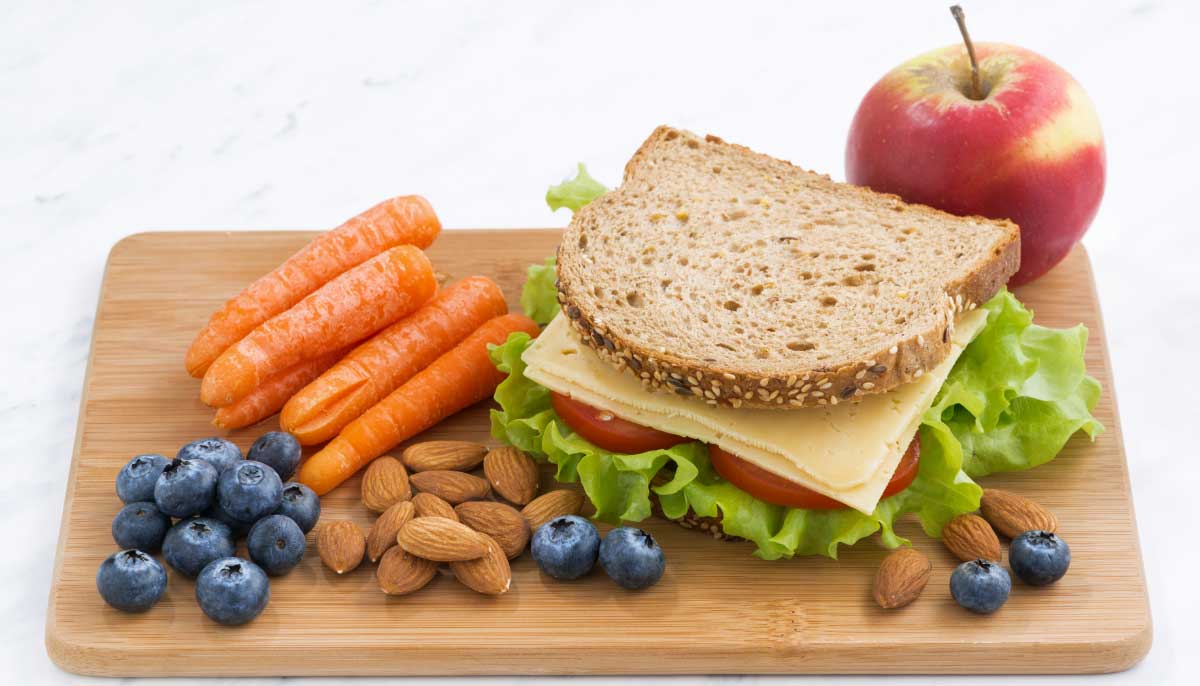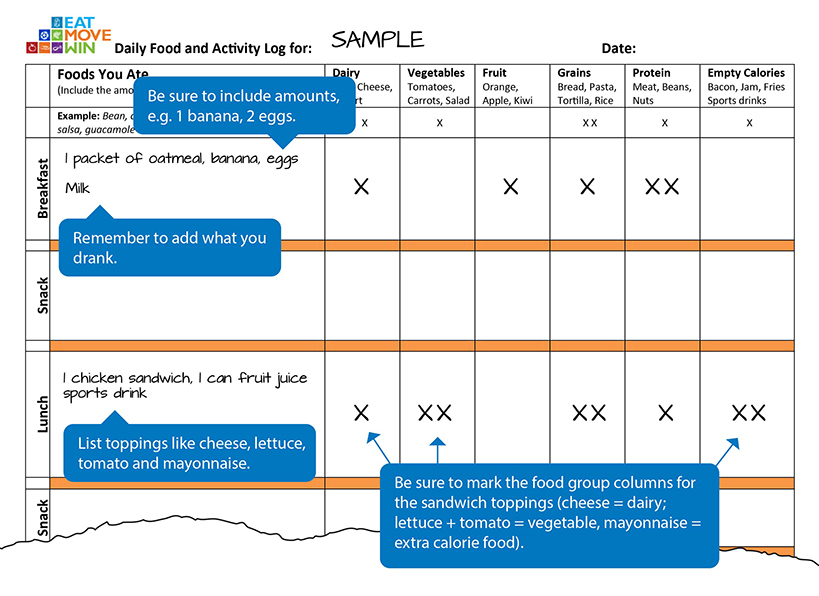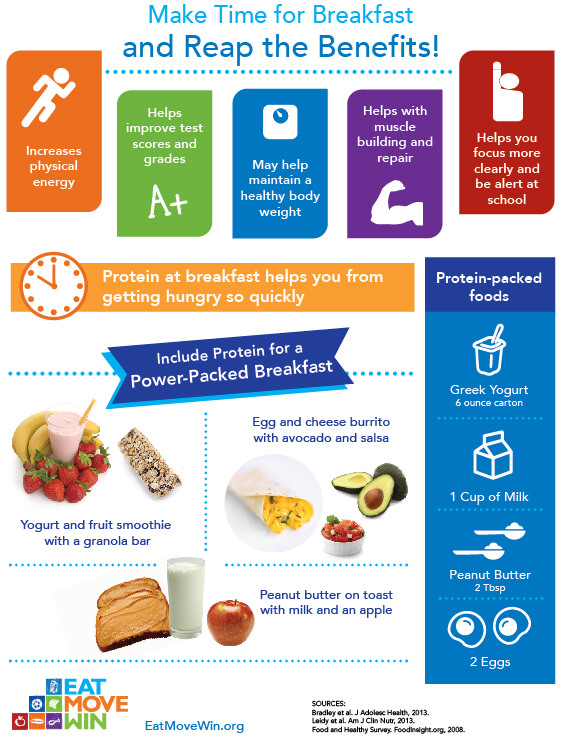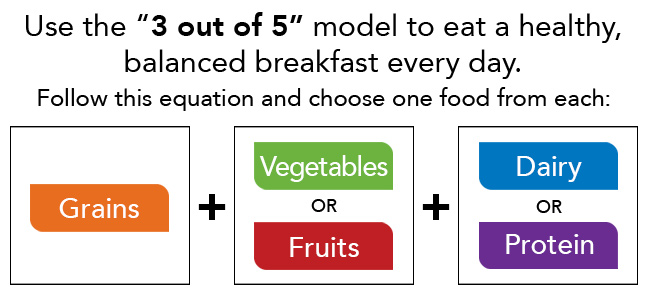Nutrition education designed for high school students. Free Educator Guide to help instructors.

This page as well as Food + You, Food is Fuel and Optimal Nutrition are designed for high school students and adapted from the online nutrition curriculum Eat Move Win. Teachers are encouraged to add these pages to their Google Classroom and download the free Let’s Eat Healthy Educator’s Guide that provides simple instructions for using these online educational resources.
What do you know about eating patterns eating breakfast?
Vote and see what others think.

Connecting Eating and Sleep

What is the best time to eat the first meal of the day? When should I eat my last meal or snack of the day? What foods are more tempting to eat, and when? There are many different answers to these questions, and no one “right” answer.
According to most sleep experts, only 1 in 3 teens sleeps the recommended 9–10 hours each night. Biologically, teens tend to feel more alert later in the evening and may not feel sleepy until around 11 p.m. Yet, in most communities,
high schools have the earliest start times. So it’s not unusual to have to be up at 6 or 6:30 a.m. Early school start times are among the many challenges teens face in getting enough sleep.
What else is keeping teens awake? Teens who report a moderate to high caffeine use also report difficulty falling asleep at night and sleepiness during the day. Use of electronics after 9 p.m. is another factor. Screen time in the later hours—whether TV, computer or phone—can lower the amount and quality of sleep.
Difficulty getting out of bed in the morning can reduce the odds of eating breakfast. Excessive snacking late at night can reduce appetite in the morning, too. Research shows those late-night snacks are often less nutritious as well,
which can contribute to other health concerns.
Sleep is an essential activity that gives your body time to process and carry out important brain, immune, cardiovascular and digestive functions. Other benefits include:
In addition to getting adequate sleep, eating breakfast can improve academic performance, improve overall diet, and lead to better nutrient intake over the day and fewer total calories consumed. Skipping breakfast and staying up late are associated with late-night snacking on less nutritious foods.

Do you remember what you ate this morning? Yesterday? To better understand your eating habits, record what you ate yesterday by using the Daily Food and Activity Log.
Write down what you ate yesterday and how much.

Evaluate your food list. Put a mark in each column where you think the food or something in the food fits. See examples below.

Estimate the number of minutes you were active and decide if it was low, medium or high intensity. Be sure to count fun activities with friends, such as walking around the mall or to a lunch place off-campus.

Think About It: Double-check that you've put a mark in every classification that fits with what you ate. Then, evaluate your empty-calorie foods. Choose one that you could easily trade up. What food group food would you trade up for? How does that food or food group meet the taste you wanted?

After a day of meals and snacking, sleep is a welcome rest for the muscles. It’s also an extended time of not eating or drinking called fasting. The morning gives the opportunity to “break the fast,” with breakfast! Take a look at the infographic below to see why this is a good idea for everyone—and especially teens.

The three main nutrients, known as macronutrients, that supply the body with energy are carbohydrates, proteins and fats. Breakfast should include a balance of these macronutrients.
Why does the infographic emphasize protein over the others for breakfast? Because many of the typical breakfast choices can be lower in protein than the other 2 nutrients.
There's more to the story! Watch this short video and learn about the importance of a balanced breakfast that includes protein.
Here is a simple method or formula for planning a breakfast that will provide a combination of carbohydrates, proteins and fats to give you sustained energy.

Here is the formula with simple foods:
Whole wheat bread, bagel or tortilla (grains) + sliced banana (fruit) + peanut butter (protein)
These whole foods combine protein with fats and carbohydrates to slow digestion for up to several hours. That keeps you full longer making it easier to focus in school.
Explore take-home resources that help support making healthy food choices.